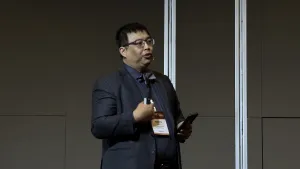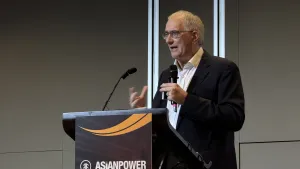
Older workers substantial for national economies - report
Annual GDP across 21 countries can increase by 8% if willing adults are enabled to enter the workforce.
In addition to stronger relationships and a deeper sense of purpose, active societal participation amongst adults poses an economic benefit, amounting to around $6.2T worth of annual GDP opportunity across 21 countries, according to the McKinsey Health Institute's (MHI) Glocal Healthy Aging Survey.
By 2050, the total number of people over 65 will be 16.5% of the world population, an increase from 9.4% in 2022, according to the United Nations Population Division Data Portal. This implies that it is vital to build a society where the elderly flourish - through active societal participation, defined by MHI as “consistent involvement in deliberate activities that lead to meaningful engagement with one’s society and community.”
To fulfill the economic potential of capacitating the elderly to be part of the workforce, communities can do the following:
Empower adults
With the presence of ageist beliefs, it is important to make the elders feel their worth when they choose to be active and visible in their local communities. This will not only empower them, but improve the view of other people on older adults. Intergenerational contact strategies can also be adapted to encourage more participation from adults and rightfully reduce ageism in society.
Improve measurements of societal participation
Getting the elderly to participate more in society is not enough, this level of interest should also be maintained through accurate measurements and monitoring. Data available on what makes older people participate, their needs, and their preferences should provide a solid basis for possible interventions that will improve their engagement. These data can be collected through interviews, surveys, studies, and even sensor technologies that they can wear with consent.
Develop programs for their needs
There may be older adults who have health, emotional, or financial struggles, and encouraging them to engage in society may require more effort than usual. In these cases, programs catered to them can be launched to make them feel accepted. If possible, a community can also help address whatever barriers these elders might be facing.
Promote cross-sector projects
Working with people of all ages, backgrounds, and expertise can also encourage more active societal participation from adults. For example, young businesses can partner with aging-related NGOs to provide a more holistic working environment. Governments can also work with the private sector to come up with opportunities that will yield self-improvement.
MHI’s research indicates unmet demands from the elderly sector in terms of actively engaging in their communities. But more than anything, this presents an opportunity not only for countries to utilize this sector of the workforce, but also for communities to be more welcoming and inclusive in creating opportunities and crafting programs for its members. For a resilient future, age should be just a number.












